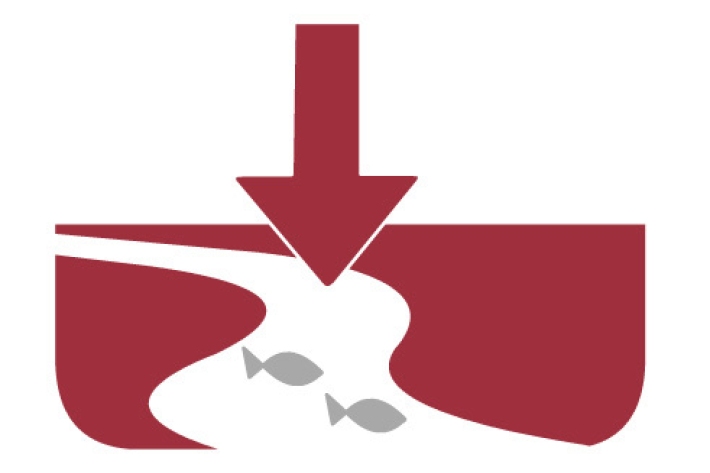-

Changes
This is a record of changes made to the section of NIWA's website relating to our analysis of New Zealand temperature trends. -

Mitigation
Some options to minimise the effects of dams on water quality and mahinga kai. -

Impacts of wind
How do wind energy generation activities impact water quality and mahinga kai? -

Impacts of geothermal
How does geothermal energy generation impact water quality and mahinga kai? -

Mitigation
Steps to minimise the effects of thermal energy generation on water quality and mahinga kai. -

Impacts of thermal
Impacts of thermal energy generation activities on water quality and mahinga kai. -

Mitigation
Ways to minimise the effects of hydro-dams on water quality and mahinga kai. -

How is water clarity measured and what is its significance?
Water quality levels are indicated by how well light transmits through water -

How do I compile accurate water quality models when there is incomplete or highly erratic data?
In order to compile accurate water quality models, you need data that draws on comprehensive information about water quality.
